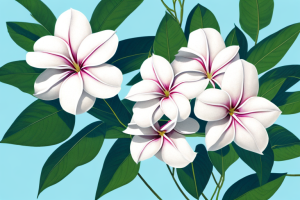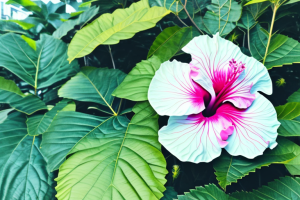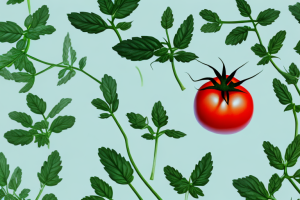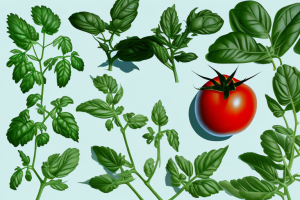A mandevilla plant in a garden setting in zone 7
July 27, 2024
You may have missed
August 20, 2023
August 20, 2023
August 20, 2023
August 20, 2023




